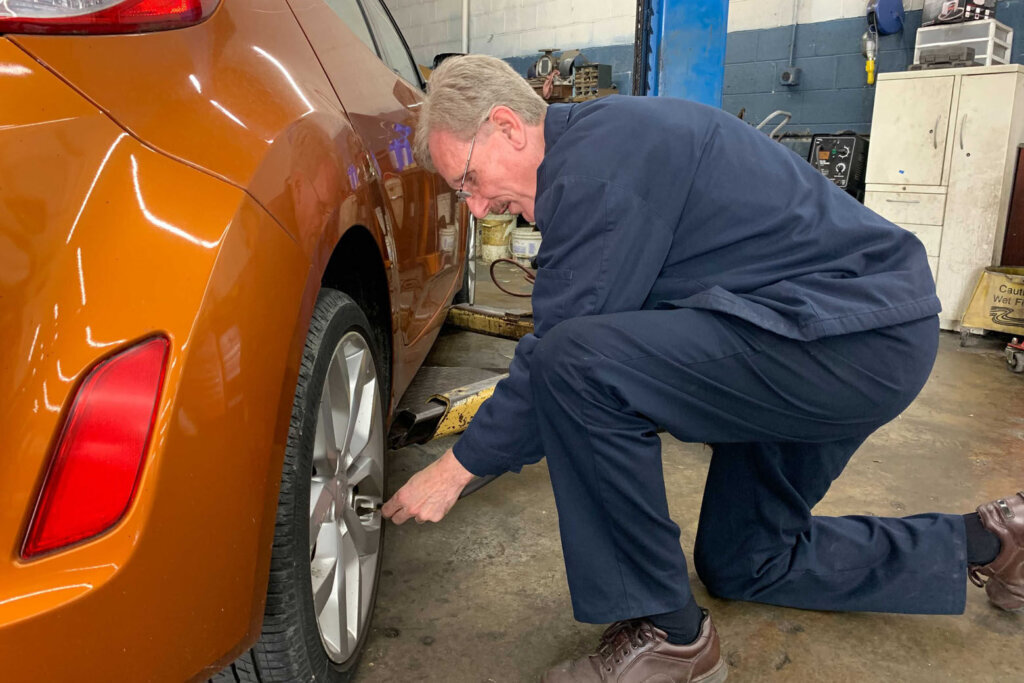With gas prices spiking to more than $4 a gallon, drivers in the D.C. region are seeing their bank accounts drain as quickly as they can fill up at the pump. But there are still ways to save money and get more drive time out of one tank.
“Proper tire pressure is very important,” said Greg Orris, owner of Certified Auto Repair in Rockville, Maryland.
Orris said cars built after 2007 have systems that monitor tire pressure. But for people who have older cars or faulty pressure sensors, they should be checking their pressure regularly.

Another recommendation for better fuel efficiency is to opt for synthetic fuels when having your car serviced.
Also, if a car is driving differently than it usually does, which includes vibrating or pulling to one side, it may need a realignment.
“That will help the longevity of the tires, wearing of the front-end components on the vehicle and fuel economy,” Orris said.
There are also some misconceptions that could lead to you spending more — not less — for gas.
One is the idea that turning off the car’s air conditioning system and rolling down the windows while driving will save on gas.
“It can cost two or three times the fuel economy because of the resistance of the wind coming inside the car and buffeting around,” Orris said.
Also, Orris said that unless your car calls for plus or premium gasoline, stick with regular gas.
“If your car is not required to use high-test gasoline, if it’s not a turbo or high-performance, higher-tested gas is a complete waste of money,” Orris said.
Many cars that call for premium gas can run on regular because their computer systems can adjust to the lower octane fuel, according to Orris.
And for drivers who have a lead foot? They may want to consider changing how they drive, as a lot more fuel is used when drivers rapidly accelerate or decelerate.
“Easy smooth on to the gas, easy smooth off the gas. Same thing with braking and handling,” Orris said.








